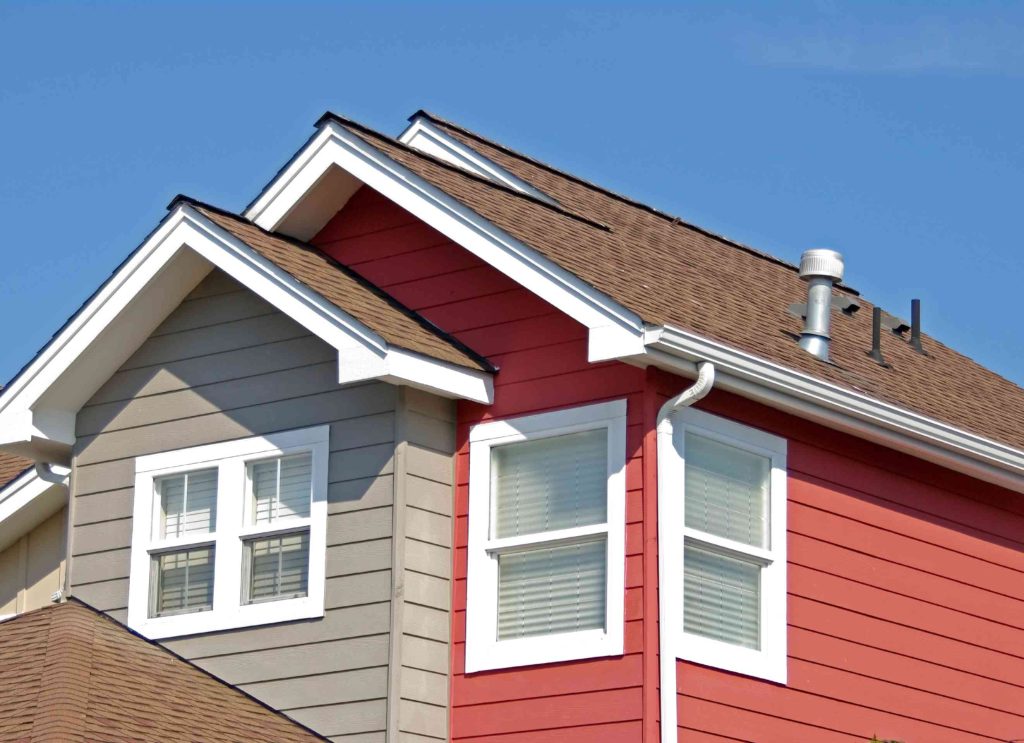Choosing the Right Materials For Eaves Siding To Your Home
When it comes to the exterior of a building, one of the essential components that play a vital role in both aesthetics and functionality is the siding eaves. Siding eaves, also known as soffits, are the undersides of the roof overhangs that help protect the building’s structure from the elements and provide an attractive finish to the overall design. Selecting the right materials for siding eaves is crucial as they need to withstand weather conditions, complement the building’s style. In this article, we will explore various siding eave materials and factors to consider for making the best choice.
Vinyl Siding Eaves:
Vinyl is a popular choice for eaves siding due to its affordability, low maintenance, and versatility. It comes in a wide array of colors and styles, making it easy to match with the building’s design. Vinyl eaves are resistant to rot, insect damage, and moisture, making them suitable for various climates. They are also relatively easy to install, which can help reduce labor costs.

Aluminum Siding Eaves:
Aluminum is another durable and low-maintenance material for siding eaves. It is lightweight, corrosion-resistant, and can withstand harsh weather conditions. Aluminum eaves come in various finishes, including smooth, embossed, and wood grain, offering flexibility in design. However, aluminum can be susceptible to denting, and the color may fade over time, so proper care is necessary to maintain its appearance.
Fiber Cement Siding Eaves:
Fiber cement is a composite material made of cement, sand, and cellulose fibers. It is known for its exceptional durability and resistance to fire, water, and insects. Fiber cement siding eaves can be manufactured to mimic the appearance of wood, stucco, or masonry, providing a high-end look to the building. While it requires less maintenance than wood, it may still need occasional repainting, but overall, it is a reliable and long-lasting choice.
Wood Siding Eaves:
Wood has a timeless and natural appeal, making it a popular choice for siding eaves, especially in traditional or rustic-style buildings. Cedar and redwood are commonly used due to their natural resistance to decay and insects. However, wood siding eaves demand regular maintenance, including staining or painting and applying protective coatings to ensure they endure in varying weather conditions.
PVC Siding Eaves:
PVC polyvinyl chloride siding eaves offer excellent moisture resistance, making them suitable for areas with high humidity or frequent rain. They are lightweight, easy to install, and do not require painting or sealing. PVC eaves come in various colors and styles, including options that mimic wood grain. However, extreme temperatures can cause PVC to expand or contract, so it is essential to choose high-quality materials to mitigate this issue.
Metal Siding Eaves:
Metal siding eaves, typically made from steel or copper, provide a modern and sleek look to the building’s exterior. Steel is robust and can be coated with different finishes for enhanced durability and aesthetics. Copper, on the other hand, develops a unique patina over time, adding character to the structure. Metal eaves are resistant to fire, rot, and insects, but they can be relatively expensive and may require professional installation.